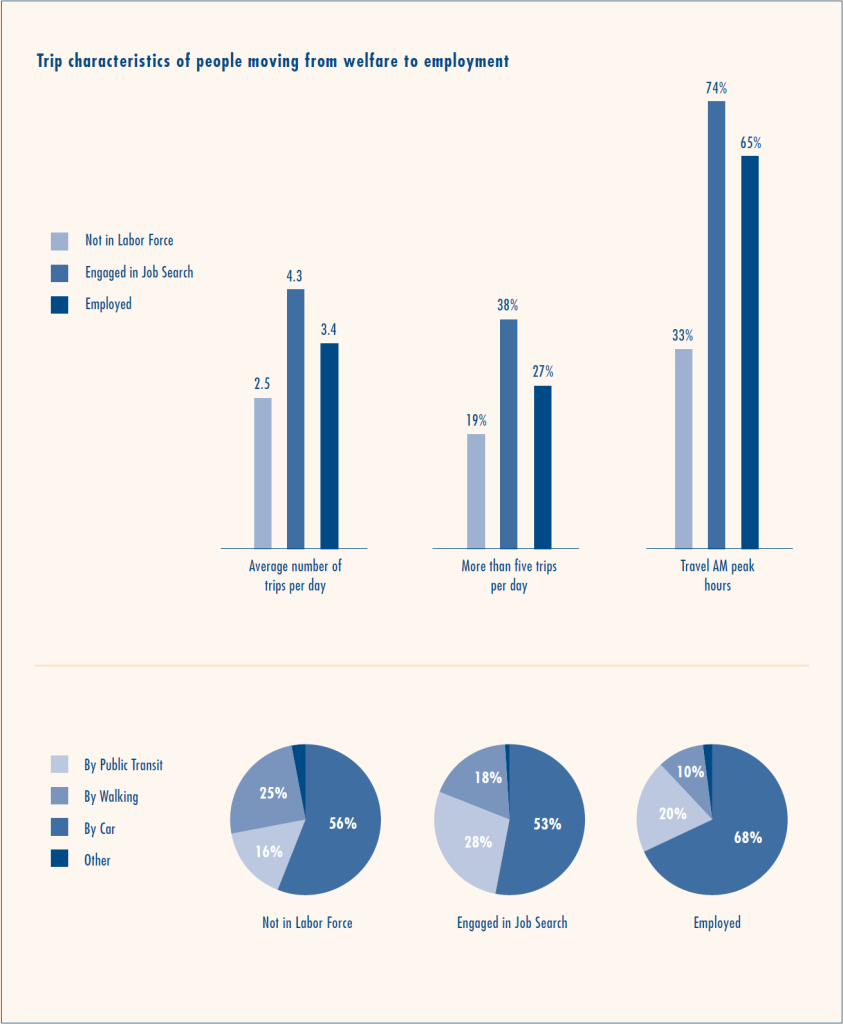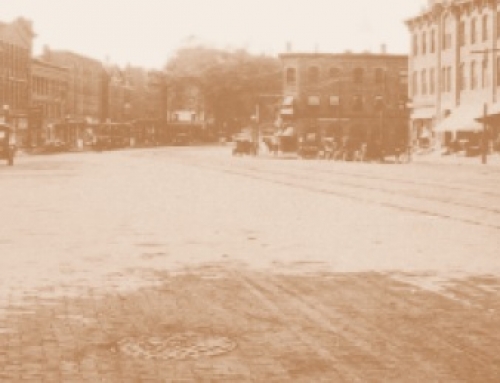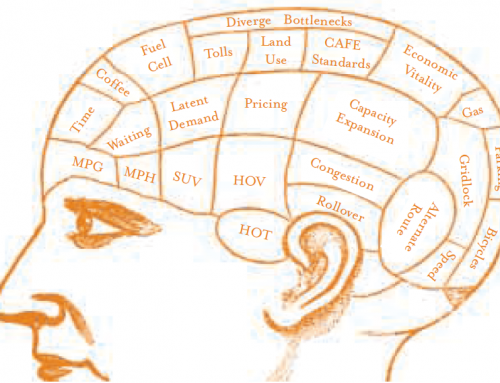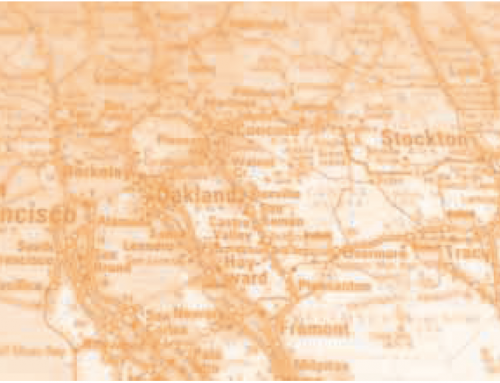Welfare reform ended America’s public assistance program as we knew it, transforming it from an income-entitlement program to an employment-assistance program. Following its enactment, welfare rolls dropped by more than half, from about 12 million in 1994 to just over 5 million in late 2001. Fortunately, the majority of those who left public assistance found work. Nevertheless, welfare reform still faces a large, and largely unrecognized, problem.
Inadequate transportation is keeping many from finding and holding jobs. Perhaps just as important for the job search as skills, education, attitudes, and childcare, job-seekers must be able to get to job sites.
Welfare recipients’ transportation needs depend on whether they’re still actively seeking employment or are already employed. Job searchers must travel to potential employers for interviews and applications, so they make almost twice as many trips as those not in the labor force, and their trips are often to dispersed locations. Many don’t own cars, so they’re reliant on public transit, but the bus is less flexible and sometimes less reliable than a private car.
Transportation needs go beyond work-related travel; in fact employment-related trips constitute only a small share of total trips (only eleven percent). A typical former recipient also makes multiple daily trips for shopping and social activities, and to fulfill childcare and household obligations.
While most transportation programs emphasize the needs of transit-dependent persons, most people nevertheless rely on automobiles for daily travel. Only 55 percent of welfare recipients own a car, but they make 64 percent of their trips in cars. Households with cars make 83 percent of their trips in private vehicles; but even those who don’t own cars travel by private car 35 percent of the time.
Travel patterns of welfare recipients are converging with those of other low-income people. Average trips per day among welfare recipients were only slightly fewer than among low- income single parents in the 1995 Nationwide Personal Transportation Survey. For both populations, work trips comprise only a tenth of all trips, while shopping and other trips dominate. For both groups, less than a fifth use public transit. Moreover, the average commute distance for employment is about seven miles among former recipients and about nine miles among low- income single parents. This convergence is not surprising since welfare reform is transforming the welfare population into a working-poor population.
These travel patterns have profound implications for the next stage of welfare reform. Transportation policies must now heed the complex and diverse travel needs of both current and former welfare recipients who use both private and public transportation. Moreover, as travel patterns of welfare recipients and working poor converge, policy makers must confront the difficulties that job-seekers and carless job-holders face, by facilitating car ownership and by promoting new transit modes that are affordable, auto-like, and likely to help families that are struggling toward self-sufficiency.






